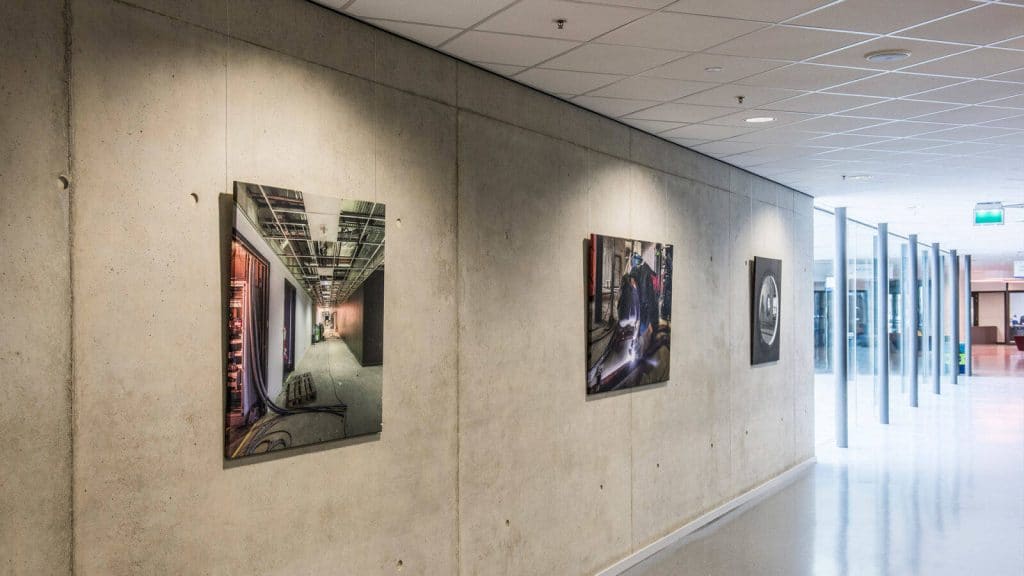What Curators Look for in Professional Artwork Installers

Curators are the same as any other professionals in any other industry; they want to do the best job they can, and when it comes to hanging and displaying artwork, they want to make sure they are using the best hardware and the most professional installers they can find.
Art curating combines strong management skills with creativity and a clear-sighted vision of what you want your audience to see, feel and learn from your exhibition. A lot of thought goes into setting the right narrative and keeping the audience inspired with thought-provoking ideas. The clever curator has already spent an immense amount of time and effort researching related artists, similar works and relevant histories in order to have a deep understanding of the message they are aiming to portray in order to keep their audience engaged. So when it finally comes to having their artwork installed, only 100% professionalism is going to hit the mark.
It’s Not Just About the Hanging…
Anyone with half a DIY skill can hang a picture, but curating an exhibition is so much more than just banging a few nails in a wall. A professional installer will be dealing with all types of artwork, from new and unknown artists to very valuable pieces, so having a comprehensive knowledge of proper art handling techniques, including how to carry, lift and mount various types of artwork, is crucial if you want to return artwork undamaged. Having knowledge of various materials that may be used: glass, wood, metal or canvas, for example, shows a deeper understanding of their profession and a confidence in handling various media.
Lighting, Framing and Mounting
Lighting is crucial to any exhibition. You need to be able to highlight the artwork without causing any glare or shadows, so knowing different lighting techniques is essential to help choose the correct lighting for specific media. Lighting can enhance the different textures, colours and details of each piece, and can be used to create specific focal points within the exhibition.
The overall aesthetics of the exhibition will depend on the consistency of the framing and the mounting of the pieces. The weight, dimensions and materials used in the artwork should all be considered when choosing frames, as you want to enhance the artwork without distracting from it, and mounting needs to be secure and of a professional standard.
Other Considerations
Spatial awareness of the gallery is vital to the foot flow of traffic and the placement of pieces. Viewers should be able to navigate their way seamlessly through their journey, appreciating each piece individually, having the time to contemplate the artwork or to read any clear and concise labels that have been placed in order to help them understand and appreciate the artist and their work further.
The gallery or space you choose to exhibit should be designed to enhance the visitor’s experience, so any architectural features, wall texts, audio guides or interactive screens will only serve to enrich the audience’s experience and create an even more memorable exhibition. For curators seeking professional installers who understand the intricacies of gallery exhibitions, All About Hanging’s art installation specialists bring the expertise in proper handling techniques, lighting considerations, and spatial awareness that ensures your exhibition meets the highest professional standards. To learn more about professional installation techniques, explore their guide on hanging artwork like a professional.